INTRODUCTION
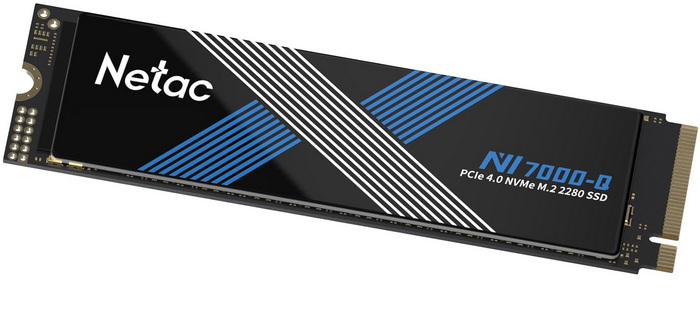
Gen5 M.2 NVMe SSD sales may have received a significant boost with all the new Gen5 compatible motherboards by both AMD and Intel but it will be a while before they can actually compare with those of Gen4 models. This is also why most storage media manufacturers are focusing their resources on the design and release of Gen4 SSDs and well, that's fine in my book since they still deliver very good read & write performance and endurance levels (and Gen5 models haven't been exactly free from issues). Netac launched their NV7000-Q 1TB Gen4 M.2 NVMe SSD earlier this year and that's what I have here with me today.
Started in May 1999, Netac Technology (Stock Code at Shenzhen Exchange: 300042) is a leading flash memory manufacturer based in Shenzhen. Through more than ten years' growth, Netac was successfully listed in Growth Enterprise Market in January 2010, becoming the first listed removable storage supplier in China. Netac is the trademark used for our USB flash memory products. As the inventor of flash memory and a leading new-generation storage product manufacturer, Netac possesses the first generation of USB-based flash memory technology in the world. We focus on manufacturing of flash memory products, such as USB flash storage, portable hard drive and solid state disk, especially on security and encryption of USB flash storage and portable hard drive. We have a wholly owned production base for processing of all flash storage products. At present, Netac Technology (Hong Kong) Limited and Leapro Technology Co., Ltd. are two fully subsidiary companies of Netac Technology Co., Ltd. Leapro Technology Co., Ltd is the holder of the SD-3C license.
The NV7000-Q Gen4 M.2 NVMe SSD line is currently available in 1/2TB capacities (2TB capacity seems to be available in online stores like Amazon but not on their website) and is based on the DRAM-less MAP1602-F3C 12nm quad-channel (R5) NVMe 2.0 NAND flash controller by MaXio (although it's used as v1.4) which Netac has paired with 232-Layer 3D QLC NAND flash by YMTC. The MAP1602 12nm quad-channel NAND controller by MaXio also packs quite a few features including advanced wear leveling algorithms, Host Memory Buffer (HMB) architecture (uses a fraction of your PC's system memory to cache mapping tables), pseudo SLC cache, bad block management strategy, hardware error-correction, L1.2 ultra-low power state and sudden power-loss protection, TRIM, NCQ, hardware support for AES256/SM4 encryption and support for TCG OPAL2.0. As for warranty Netac covers the NV7000-Q Gen4 M.2 NVMe SSD line with a 5-year limited warranty and in terms of durability they report a TBW of 640 for the 1TB model.
SPECIFICATIONS AND FEATURES

PACKAGING AND CONTENTS
The drive arrived inside a small black box that has a product picture at the front right under the company logo and next to its capacity.
A quick product description and the serial number and barcodes are all placed at the rear.
Along with the drive inside the box you'll also find two mounting screws and the installation instructions.
THE NV7000-Q 1TB
The NV7000-Q 1TB is a single side M.2 NVMe SSD so all components are placed at the top right beneath a graphene laced sticker.
Under the sticker we find the MAP1602-F3C NAND flash controller by MaXio and two 232-layer 3D QLC NAND flash modules by YMTC (there are two empty spots here which are obviously populated in the 2TB model).
On the other side of the PCB, we find a sticker with the company logo, capacity, serial number, barcode and factory roll-out date.
TEST BED


TESTING METHODOLOGY
Not long after I first started testing SSDs back in 2008, I concluded that it's almost impossible for any single benchmark suite to accurately measure their performance and that's why in certain benchmark suites we see amazing read/write performance numbers with some drives while in other things are quite different. The reason behind this is that some benchmarking suites are configured to read and write random chunks of data while others read and write constant (sequential) ones. So that's why i always use a very wide selection of benchmarking suites including AIDA64, HD Tach RW, HD Tune Pro, Crystal Disk Mark, Sisoftware Sandra Pro, AS SSD, IOmeter and ATTO. To get the most accurate results each test gets repeated a total of 6 times with the average performance numbers recorded into the charts*/****. Also, as of February 25th, 2015, our results will also include the Storage Networking Industry Association’s (SNIA) IOMeter tests. These tests include a 12 Hour write test used to “simulate” performance degradation over time and a mixed workload test which basically shows what you can expect when using an SSD continuously for roughly two hours. Unfortunately, due to the time required for these tests they get repeated a total of 3 times and not 6 as the above.
Many people have made inquiries about our charts in the past so once again please do keep in mind that the Charts have the average performance numbers of each drive recorded and not the peak (highest) ones. Also, although every single one of these programs can help potential buyers choose the right drive for their needs you should also remember that from any kind of benchmark up to real world usage the gap is not small (and usually most differences will go unnoticed by most people). All tests were performed in a fresh Windows 10 Pro x64 installation complete with every update up to the date of this review.
* Since November 2018 the SSD comparison charts have been divided to 2.5” and M.2 models to reduce their growing size.
** As of January 2021 for Gen 3x4 models I’ll be using the Core i9-7980XE test rig (after numerous tests the up to 6% difference in read & write performance compared to the i7-6700 system simply wasn’t enough to justify having an extra test rig around).
*** Since February 2022 M.2 NVMe Gen3 and Gen4 SSD drives are placed in different charts.
TEST RESULTS - AIDA64 / ATTO

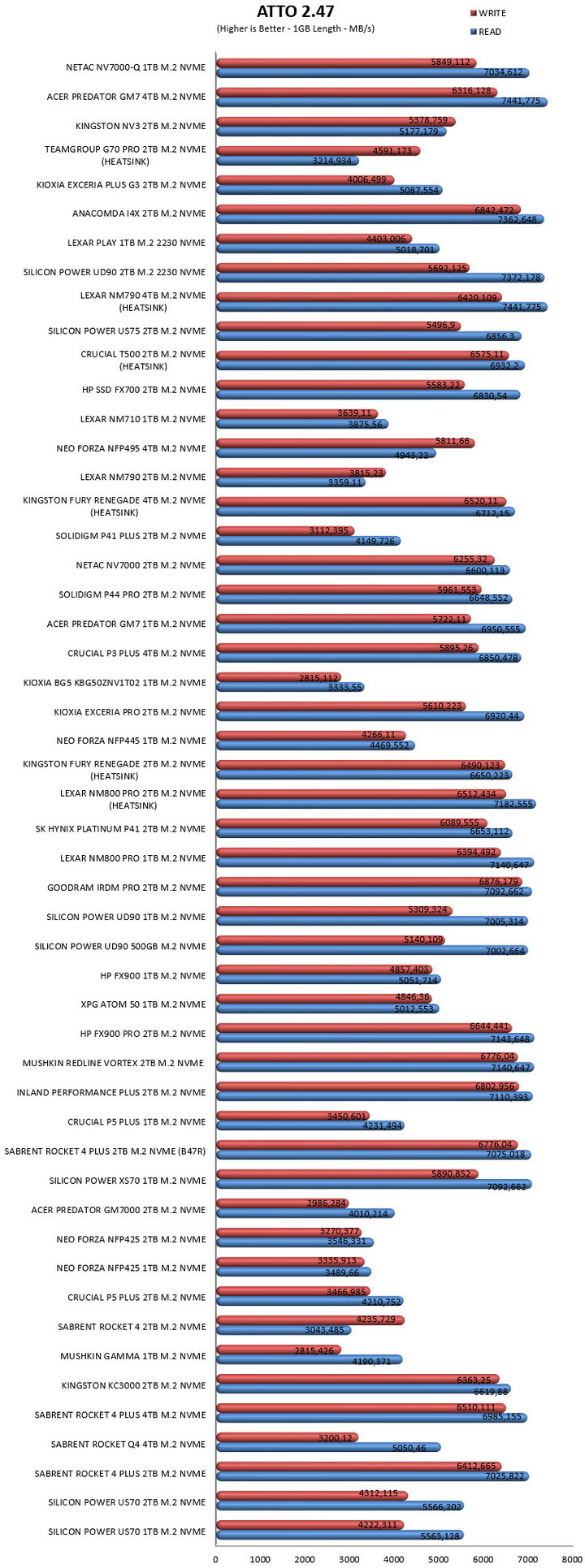
TEST RESULTS - HD TACH RW / HD TUNE PRO
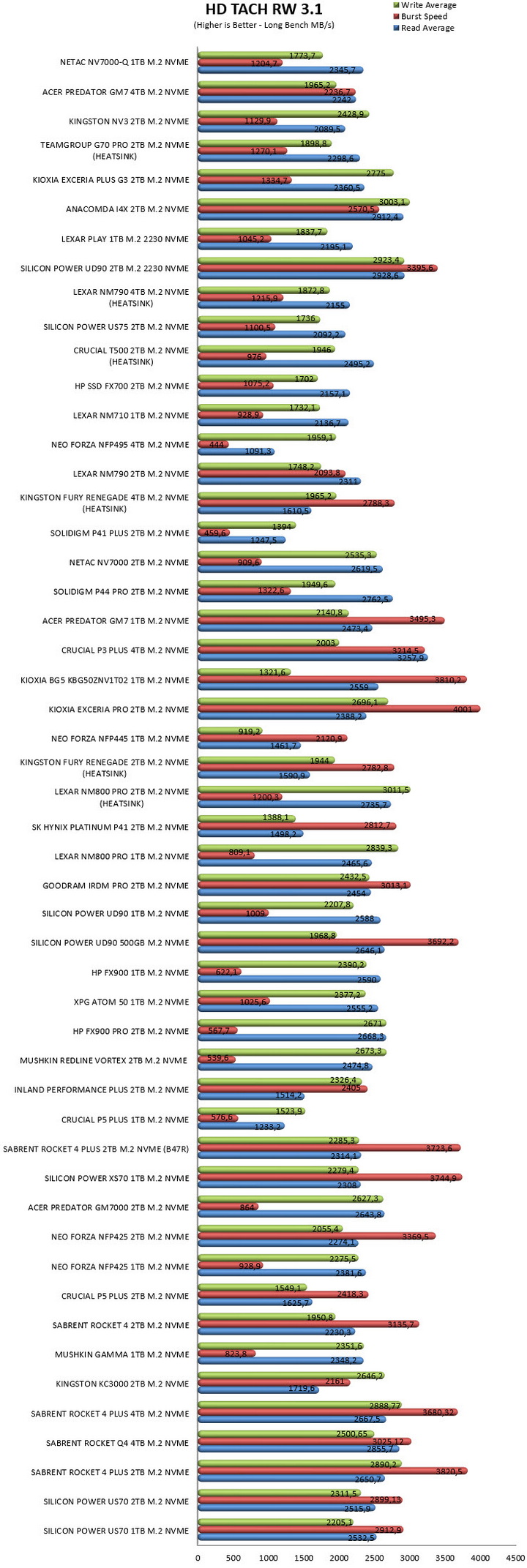

TEST RESULTS - SISOFTWARE SANDRA PRO / CRYSTAL DISK MARK


TEST RESULTS - AS SSD / IOMETER

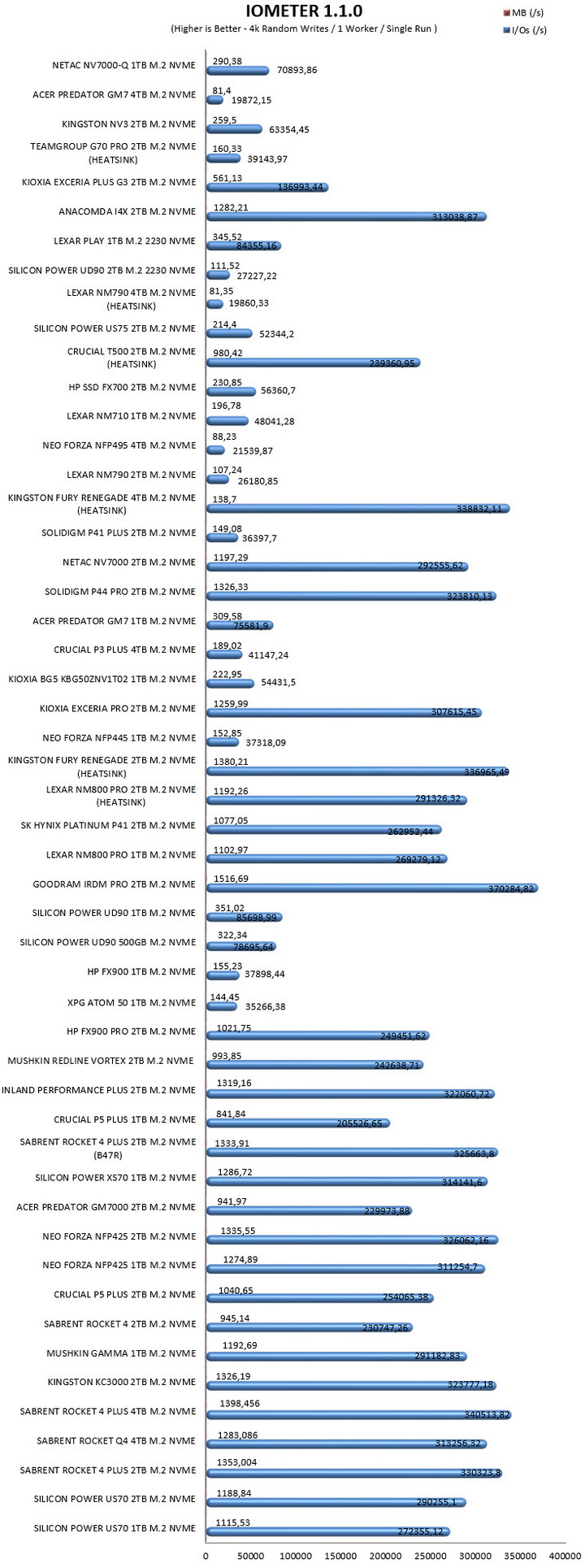
TEST RESULTS - IOMETER SNIA
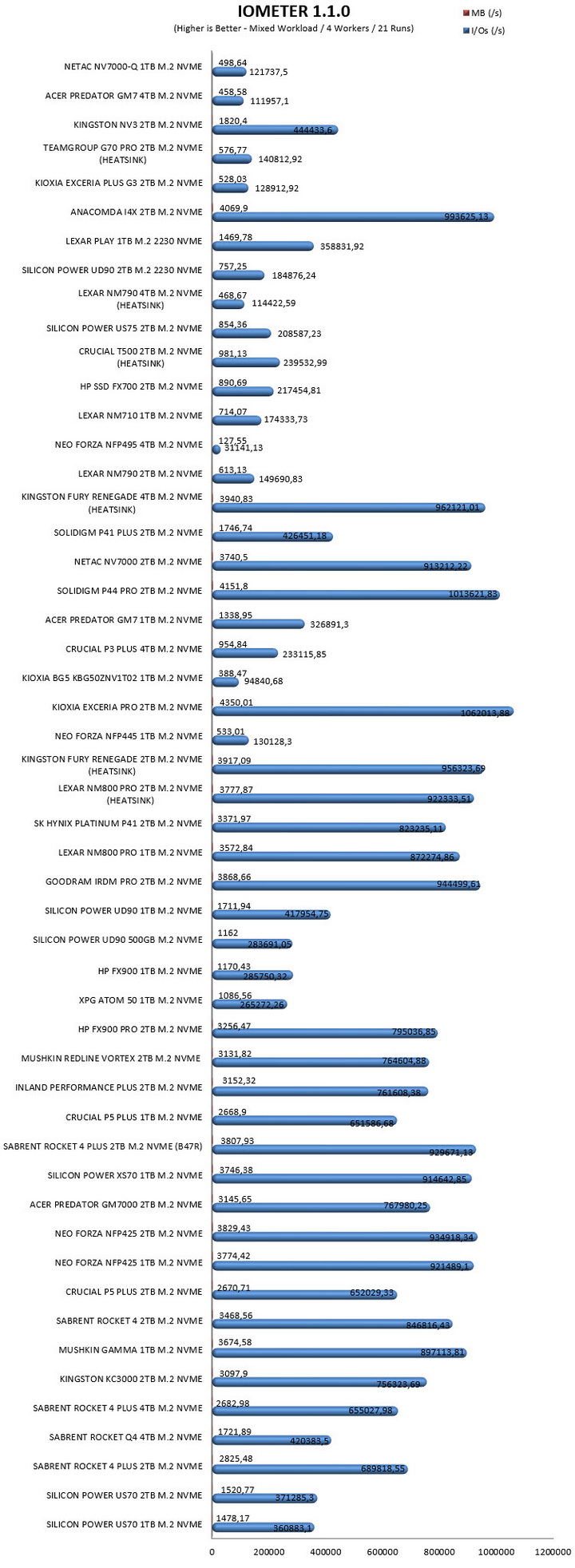
CONCLUSION

Just like the GM7 drive by Acer and others before it with the same MAP1602 NAND flash controller the NV7000-Q 1ΤΒ by Netac offers very good overall read & write performance, for a DRAM-less drive that is. The fact that it’s a single side model makes it ideal for use in laptops and even consoles. 640TBW may not be the highest number we’ve seen to date for 1TB DRAM-less models, but it should be plenty for consumer use whereas the 5-year limited warranty. My sole issue with the NV7000-Q when I first received my sample was capacity but since then Netac has unveiled a 2TB model (not that this changes things much but it’s better than having just 1 available capacity).
At the time of my review the NV7000-Q 1TB Gen4 M.2 NVMe SSD by Netac retails for around USD120 inside the USA and for 100.2Euros inside the EU (Amazon.de) a price tag which is a tad higher than expected (especially on the other side of the Atlantic). Still, the NV7000-Q 1TB offers very good overall performance with relatively good endurance and for that it obviously deserves your attention if you’re out in the market for a new SSD.
PROS
- Very Good Overall Performance (For a DRAM-Less Drive)
- 640TBW
- Graphene Laced Sticker
- 5 Year Limited Warranty
CONS
- Current Availability
- Price (For Some)

 O-Sense
O-Sense





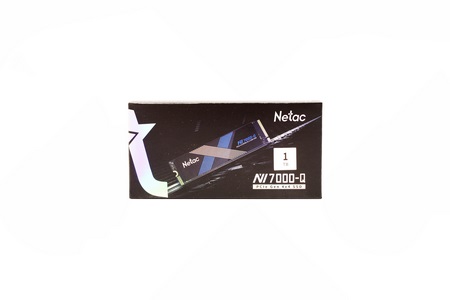
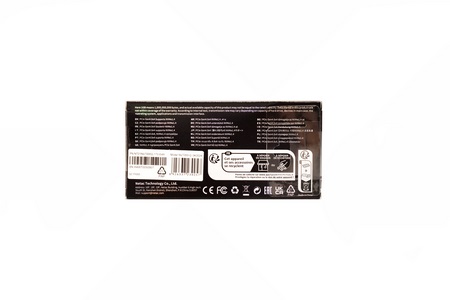
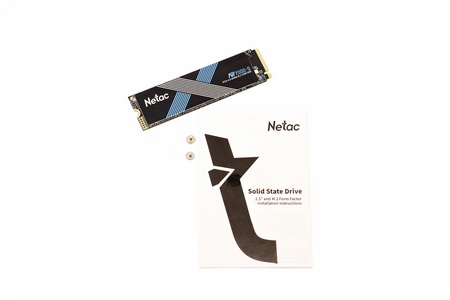
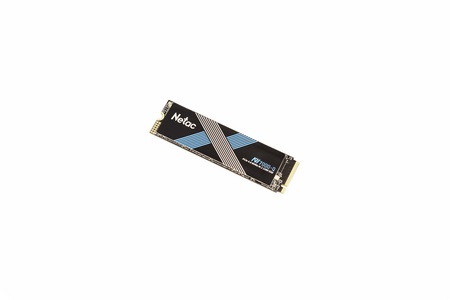

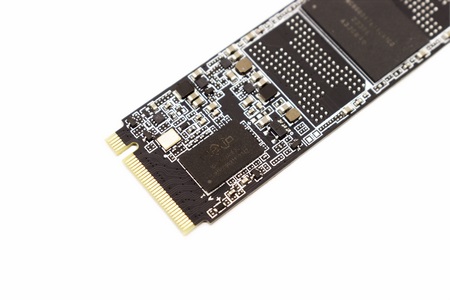
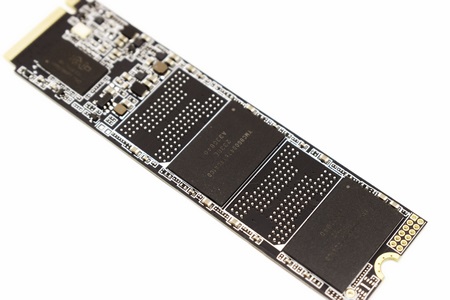

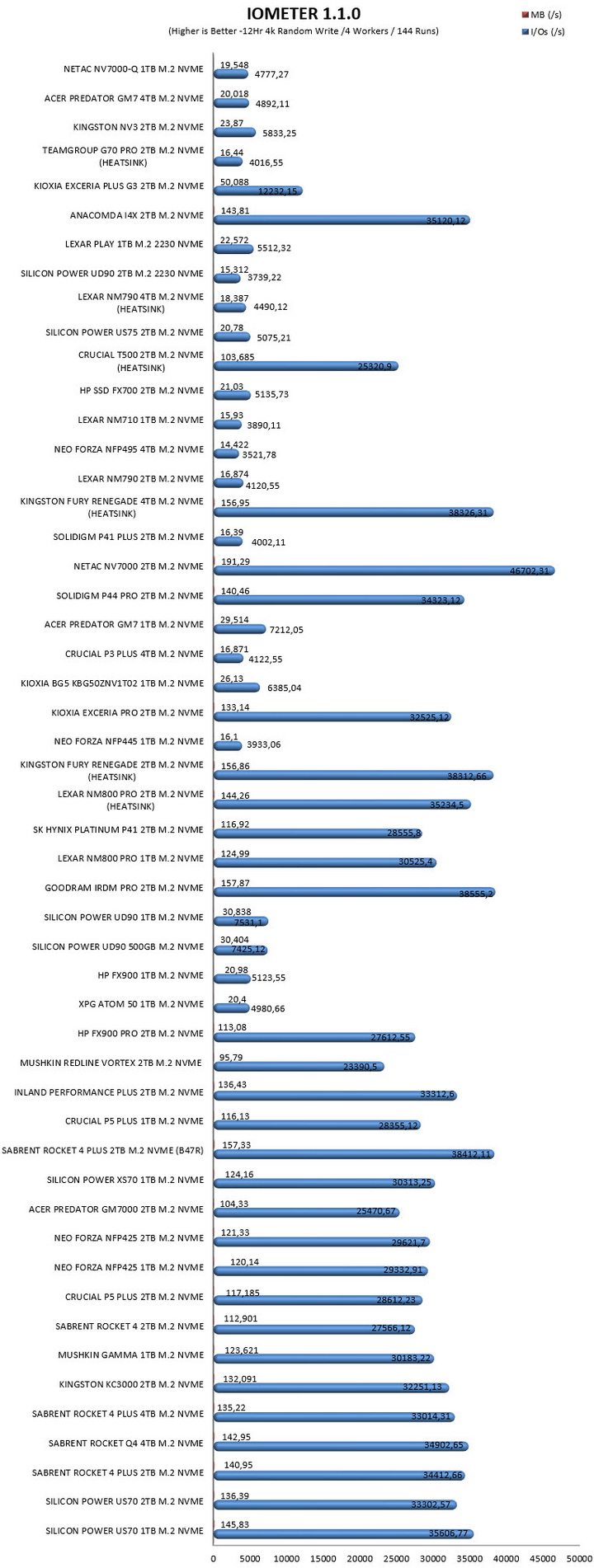
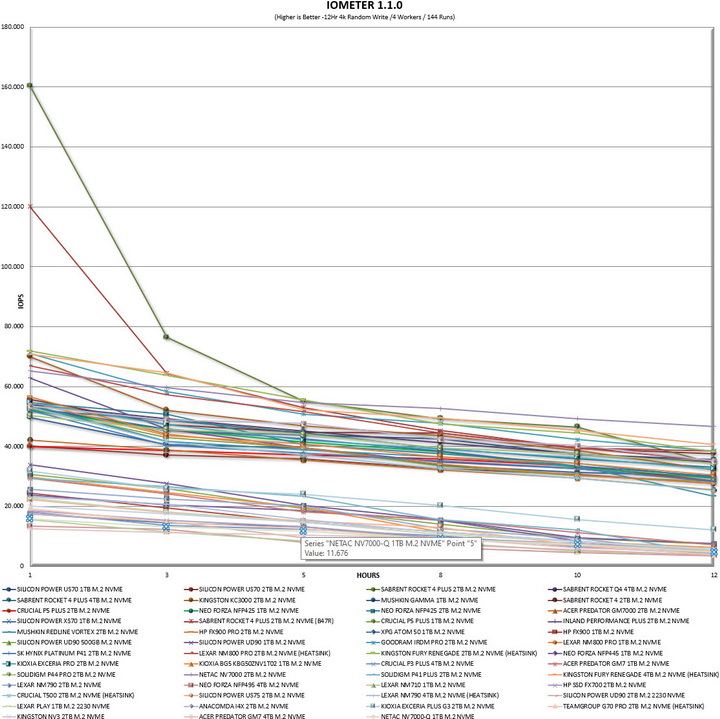


.png)

